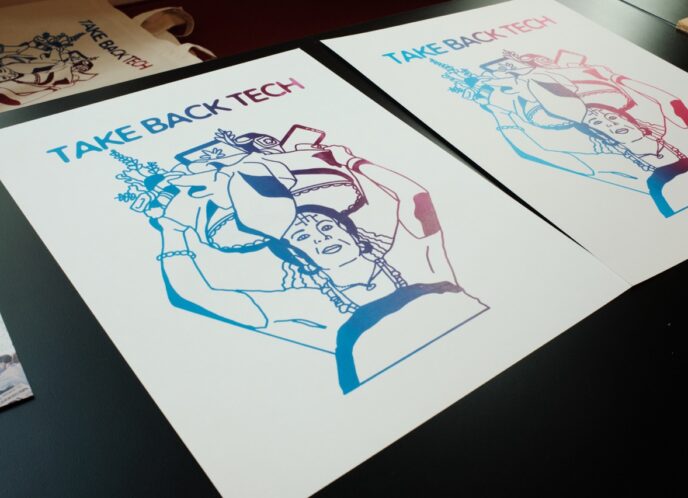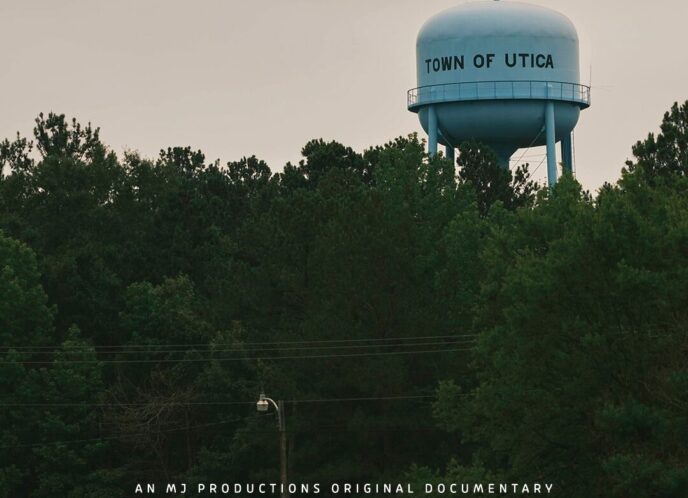As old 'analog' media structures evolve or die off, there is a sense of urgency to understand the dynamics of our human communication systems so that we can nurture and create new 'digital' media solutions for future generations. The question remains: “how can new media inform our communities with essential information to sustain democracy for the future?” (see Key Links below)
Considering the complexity of the question, folks are struggling to find the right language to express the evolving dynamics in a comprehensive way. A popular frame of reference speaks to the “digital ecology” and “information ecosystems” at play in the marketplace of ideas.
On California's North Coast, Access Humboldt posed this question: “What would a healthy, sustainable media ecosystem look like for communities in our region?” And Eureka! The answer is Digital Redwoods, a vision modeled after the region's ancient forests.
The Digital Redwoods initiative has lofty goals for sustaining democracy in remote rural communities that seek the light expressed in the Universal Declaration of Human Rights (Article 19): “Everyone has the right to freedom of opinion and expression; this right includes freedom to hold opinions without interference and to seek, receive and impart information and ideas through any media and regardless of frontiers." (UN, 1948)
Digital Redwoods' community broadband developments are rooted in co-axial cables and optic fibers. Dedicated wireline networks for Public, Education and Government (PEG) access media are provided under local cable franchise agreements with the County and Cities. [Special thanks to Buske Group for guiding local franchising efforts.]
Local PEG Network assets are deployed and interconnected with wireless transmission networks that reach remote locations for broadcast radio, TV and Internet, and for mobile users' broadband needs.
This “digital ecology” approach takes a long term view for the growth of communication networks both on the ground and overhead, engaging local resources with any media necessary to help meet comprehensive community needs and interests for public health and safety, for lifelong learning and for civic engagement.
Dedicated fiber connects community anchor locations which serve as wireless nodes supporting a broadband mesh capability to reach distant and remote communities along with mobile users, including emergency responders. Like the ancient forest, these root and canopy networks are uniquely adapted to their particular situations (micro-climates, geography, culture, history, etc.) to maintain community health and vitality over time.
In this vision, the towering giants of the forest are community anchors – local governments and essential institutions like schools, community media centers, libraries, public safety and health care providers – the pillars of local community.
Digital Redwoods initiative has already sprouted several innovative projects deploying community broadband media networks. By design, these projects serve public, education and government purposes and adapt uniquely to the places and people in each community served. Projects include:
− Digital Rio Dell, a municipal wireless network providing redundant Internet access and media transport service for Rio Dell City Hall, Public Library and Volunteer Fire Department;
− Access Humboldt Libraries, a County Library fiber deployment providing free public Wi-Fi access;
− Eureka Muni-Hub, a municipal/community fiber co-location facility with wireless transmission and interconnection capabilities; and,
− Humboldt Community Access Network, a proposed regional microwave project serving community anchors and land mobile radio systems for emergency responders across three million acres of territory. [Special thanks to the Headwaters Fund and Columbia Telecommunications Corp. for supporting this ARRA broadband stimulus application for Comprehensive Community Infrastructure.]
Appropriate network technologies and innovations, including cloud architecture, intelligent spectrum management, and open source solutions are incorporated to engage local resources in meeting real human needs. Each broadband network deployment and adoption project connects local communities where people live, to other connected places in the region, and with virtual communities across the larger realms of human communication.
''Doing What?''
Digital Redwoods is deploying broadband communications capacity to "least served" communities for local jurisdictions that serve a wide region, covering an area larger than many States in the US.
Broadband network resources developed by the Digital Redwoods initiative are public benefit assets managed on behalf of, and accountable to, participating local communities.
Rural Broadband Access
"By any media and regardless of frontiers"
Digital Redwoods is designed with consideration for the "digital ecology" of the marketplace of ideas, and with a vision to create sustainable broadband media ecosystems that engage private investment along with resources of local communities.
Access Humboldt is an active member of national organizations that help to inform local efforts, including: Media and Democracy Coalition, Alliance for Community Media, National Association of Telecommunications Officers and Advisors, Rural Broadband Policy Group, Free Press, and Media Action Grassroots Network among the leaders in national public interest policy advocacy efforts.
A promising new effort – the Media Policy Initiative at New America Foundation is informing progress on the Knight Commission recommendations. And the Schools, Health and Libraries Broadband Coalition has developed a particularly strong case for community anchor networks, highlighting the need to coordinate and leverage public investment in the development of such networks.
Broadband network deployments for established community anchors maximize opportunities for carrier neutral co-location, peering and interconnection between commercial, non-commercial and public safety networks. This may be particularly true for remote rural communities, including many tribal lands and native populations.
Digital Redwoods is creating sustainable community broadband communication networks with dedicated fiber and wireless capacity through community anchor facilities to support robust next generation digital media applications for public safety, civic engagement, education and other community communications purposes.
Building upon a human rights' foundation and following a sustainable ecosystem approach, Digital Redwoods is growing a diverse and healthy marketplace of ideas over time.
With long lived public, education and government anchor institutions supporting the framework, community broadband efforts can secure local access for future generations “through any media and regardless of frontiers.”
————————————————————————————
Digital Redwoods was recognized by the National Association of Telecommunications Officers and Advisors [http://natoa.org (NATOA)] with a Community Broadband Award for [http://www.natoa.org/2009/09/natoa-announces-recipients-of-1.html 2009 Community Broadband Wireless Network of the Year]. The initiative also develops and operates dedicated fiber optic network assets for public, education and government purposes.
————————————————————————————
Key links:
Alliance for Community Media – http://alliancecm.org
Digital Redwoods project – http://digitalredwoods.net
FCC Future of Media – http://reboot.fcc.gov/futureofmedia/
Benton Foundation – http://benton.org
Knight Commission – http://www.knightcomm.org
Media and Democracy Coalition – http://www.media-democracy.net/
National Association of Telecommunications Officers & Advisors – http://natoa.org
Media Policy Initiative – http://mediapolicy.newamerica.net/
Schools Health Libraries Broadband Coalition – http://shlbc.org/
ZeroDivide – http://zerodivide.org
###
Sean McLaughlin is a digital ecologist, serving as executive director of Access Humboldt whose mission is “Local Voices Through Community Media.” He is a Knight Media Policy Fellow with New America Foundation and a ZFellow with ZeroDivide. He currently serves on the Board of Directors for the Alliance for Communications Democracy and The Ink People Center for the Arts. He can be reached via e-mail: [email protected] or t: 202-495-0616.



